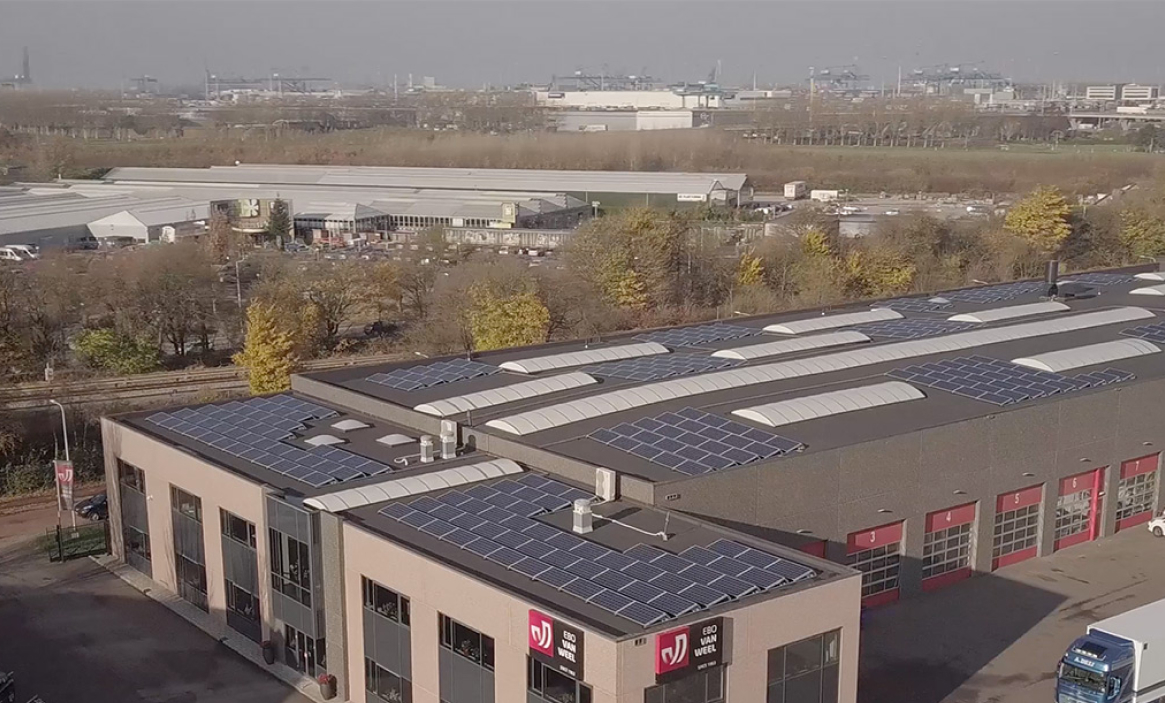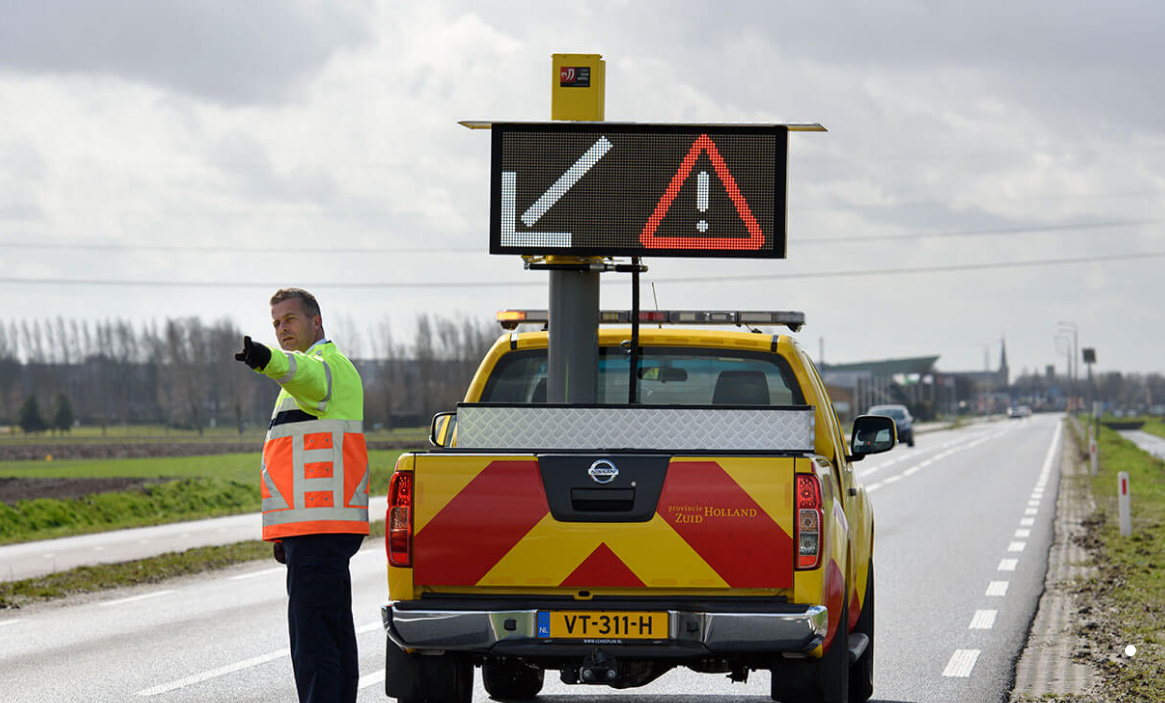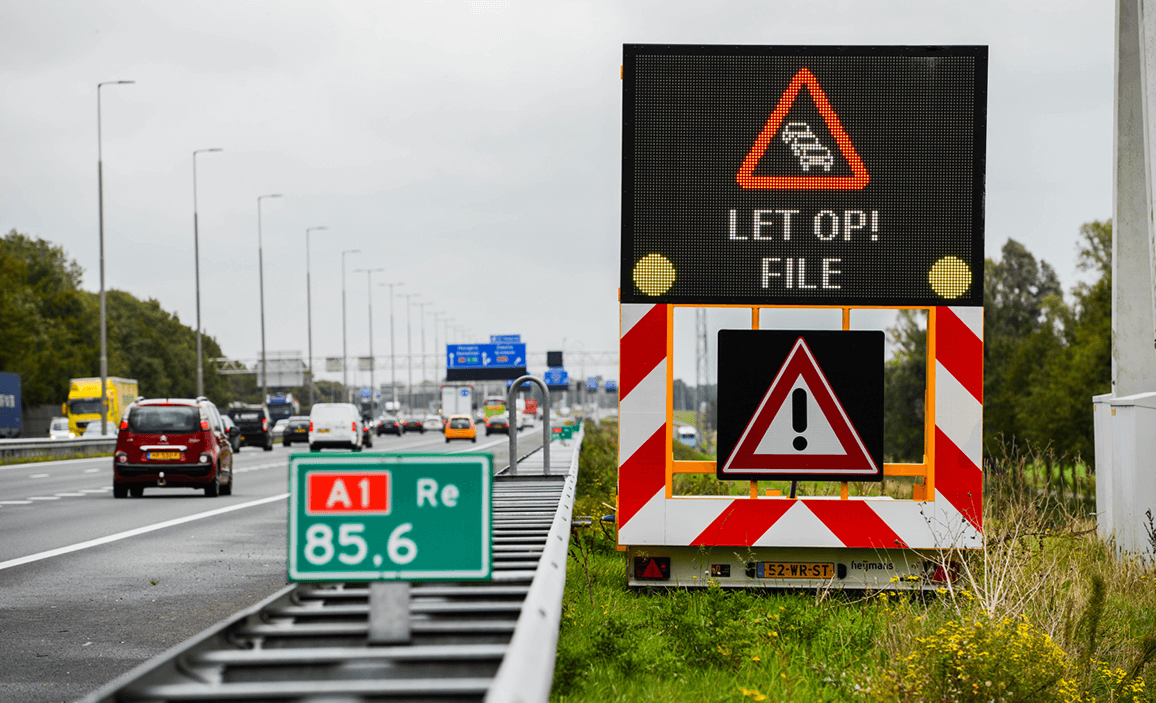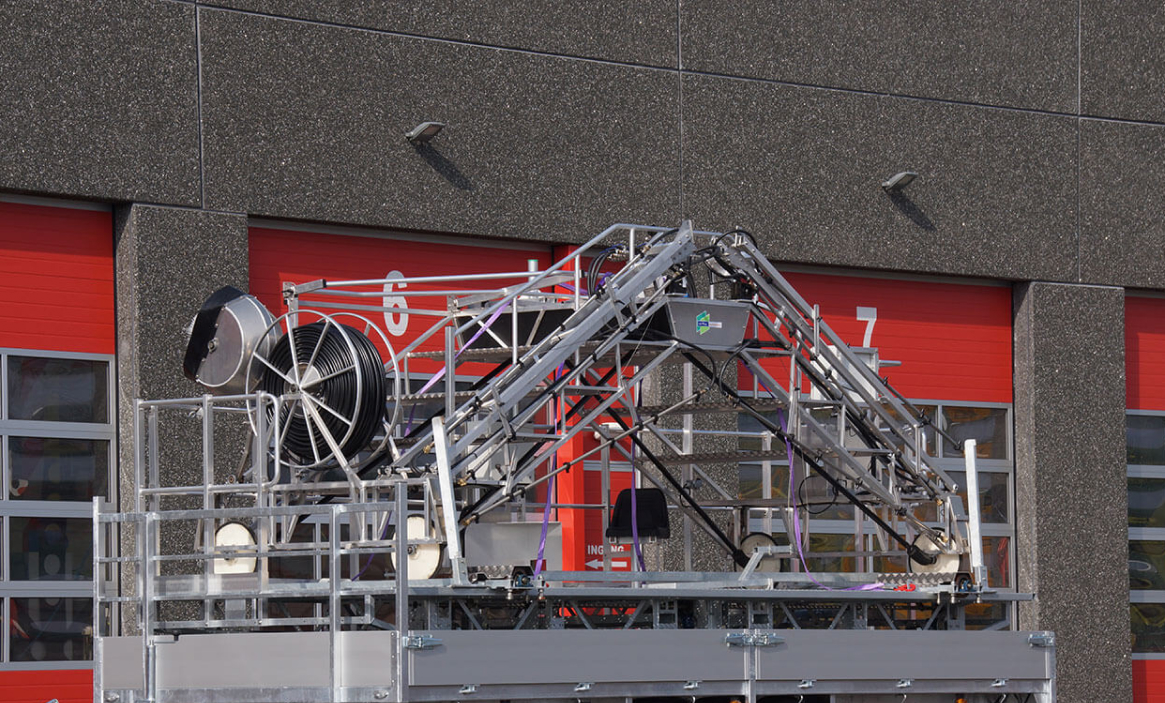
Innovaties voor verkeer en veiligheid
EBO van Weel levert betrouwbare carrosserieën en aanhangwagens, en ontwikkelt daarnaast innovatieve verkeerssystemen voor het verbeteren van de verkeersveiligheid.

Persoonlijke service om samen tot het gewenste ontwerp te komen. Door gebruik van een hoogwaardige koelopbouw van Isobox Srl en een degelijke constructie bieden wij 5 jaar garantie op onze producten.

EBO van Weel is producent van innovatieve verkeerssystemen. De producten bieden de mogelijkheid om tijdens projecten de verkeersveiligheid te waarborgen en de verkeersdoorstroming zo optimaal mogelijk te houden.

Software ontwikkeling maakt voor (mobiele) verkeerssystemen een nieuw scala aan toepassingen mogelijk. Door software slim toe te passen kan er flink bijgedragen worden aan verkeersveiligheid en doorstroming van het verkeer.

Bij ons kunt u creatieve transportideeën omzetten tot een echte aanhangwagen die voldoet aan al uw wensen. Wij bouwen maatwerk aanhangwagens volgens uw ontwerp.
Kunnen wij u helpen?
Wij staan al 58 jaar voor innovatie en kwaliteit.
- EBO van Weel
- Achterdijk 49 te Rhoon
 Ik kies al jaren altijd voor het vakmanschap van EBO van Weel. Ze komen met de beste ideeën, en maken het vervolgens waar. Keer, op keer, op keer.
Ik kies al jaren altijd voor het vakmanschap van EBO van Weel. Ze komen met de beste ideeën, en maken het vervolgens waar. Keer, op keer, op keer.
